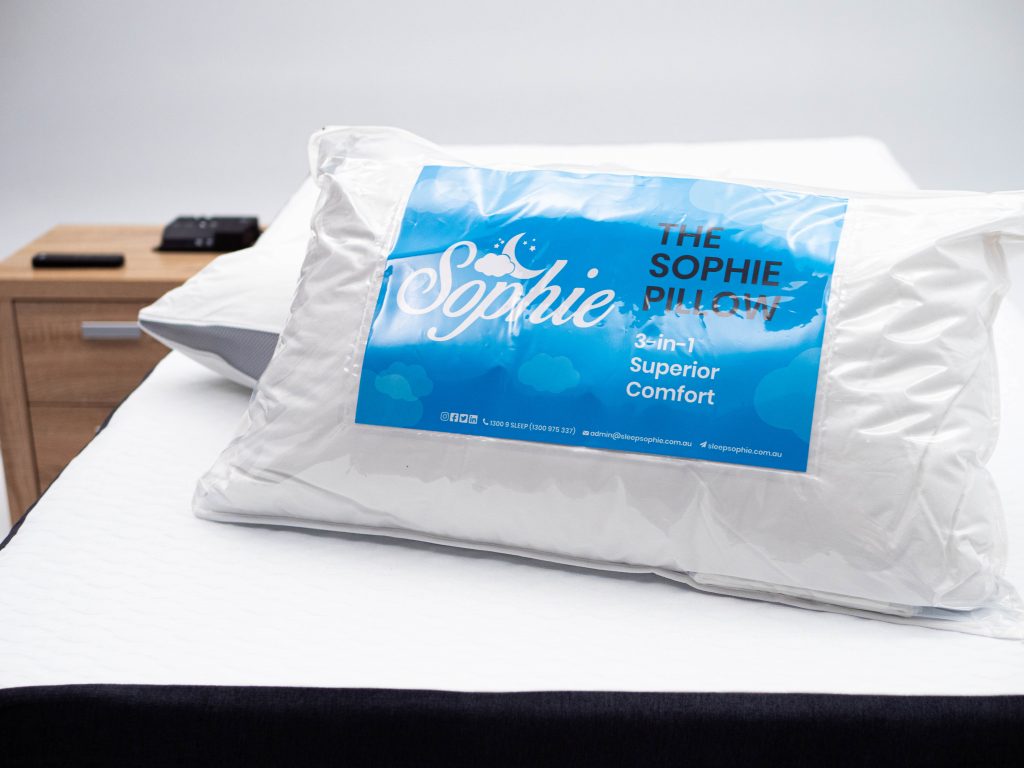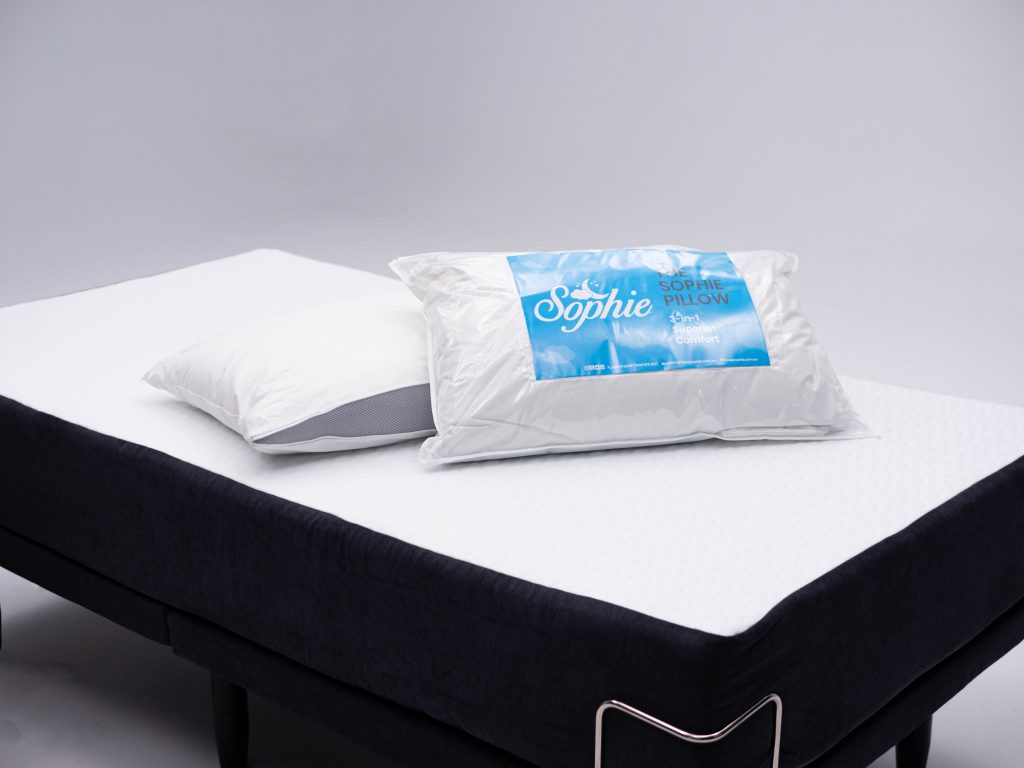It can be easy to let your pillows slip into the back of your mind and the bottom of your to-do list, but take some time to think about where you’re resting your head each night, and consider how often you should replace your pillow.

So how often should you replace your pillow?
This can vary depending on the material of your pillows, but a good rule of thumb is to change them up every one to two years to ensure good hygiene and sleep health.
Why you should change your pillows regularly
While you sleep, your body naturally sheds skin cells, hair, and body oils that are absorbed each night by your pillow. Over time, this builds up and can lead to discolouration and unpleasant odours, even with regular washing. Older pillows are also more likely to attract dust mites, which are a common allergen.
How your pillow could be affecting your health
In addition to allergens, which can exacerbate the symptoms of asthma and allergies, older pillows can also lead to more severe health issues, including back or neck pain, headaches and even acne.
- Back and neck pain:
Old, lumpy and misshapen pillows can lead to back and neck conditions including pain and stiffness. For the best night’s sleep, your pillow should provide proper neck support, allowing for neutral alignment during sleep. Lack of pillow support can cause stress to your neck and spine, leading to greater issues over time. A pillow that is too high or firm can prevent your neck from relaxing during sleep, and a pillow that is too flat can cause additional strain. - Headaches and migraines:
Headaches and migraines can be triggered by both lack of a good night’s sleep and back or neck pain. Studies have also shown that unsuitable pillows may cause stressed or pressurised nerves, which are a common trigger for migraine attacks. - Acne and other skin conditions:
Over time, skin cells, facial oils, and hair and skin products can build up on your pillows. Without proper precautions, including regular washing and replacing of your pillows, these can cause blockages and infections on your skin that can lead to irritation and acne. Replacing your pillows at least every one to two years, and regularly washing pillows and cases is a good way to lower your chance of clogged pores and infection.

How often should you replace different types of pillows
- Memory foam:
Memory foam pillows should be replaced every twelve months. This material moulds to fit the shape of your head and neck, meaning that it is susceptible to sagging and becoming lumpy over time. - Down pillows:
Down pillows should also be replaced once per year as they are also susceptible to becoming lumpy. - Latex:
Latex is more durable and less absorbent than both memory foam and down pillows, meaning you can replace these less frequently. Once every two years is a good rule of thumb for latex pillows. - Feather-based:
Feather-based pillows are one of the most common and affordable pillows available. They show the signs of pillow ageing sooner than other types of pillows, so should be replaced at least once every year.
Signs it’s time to replace your pillow
If you’re heading towards the two-year mark, or you can’t quite remember the last time you replaced your pillows, it’s probably time to do so. There are some other signs to look for if you’re not sure.
- Stains or discolouration:
If you’ve noticed your pillows start to yellow or a stain that just won’t budge, it could be time to replace your pillows. Discolouration could be an indication of oil or product build up, which can be harmful to your skin and overall health. - Odours:
Similarly, unpleasant odours can also indicate build up in your pillows that may be affecting your health. By the time you’ve started to notice a smell, it is time to replace your pillows. Coming into contact with old, odorous pillows can impact your skin and may trigger the symptoms of asthma and allergies due to dust mites that are likely living within. - Lumps or uneven consistency:
Even if you’re washing your pillows regularly to keep them clean, over time they will ultimately lose their shape and support. If not replaced, this can cause neck strain, which may lead to back and neck pain, as well as headaches or migraines. If you notice that your pillow isn’t as plump as it used to be, or you find that you can’t relax into a comfortable position, it may be time to replace your pillows.
How to preserve your pillow for longer
For the best night’s sleep, your pillow should support your head and neck, allowing you to sleep in a neutral position without causing strain. While you should replace them at least every two years, there are things that you can do to maintain and preserve your pillows. Wash your pillows and pillow cases regularly. A good habit to get into is to change your pillow cases every week and wash your pillows at least twice a year. Ensure that you’re maintaining good hygiene and be aware of any pains or strains in your neck or back. Sophie adjustable beds can also assist in offering relief to back pain when you sleep.
What to look for in a new pillow
So now that you know how often you should replace your pillows, what should you be looking for in a new set? Different materials have different shelf lives, so consider this before purchasing your next pillow. Do you want to invest in a material that may be more expensive but will last longer, or choose a more affordable set that you will need to replace more regularly? Pillows can be quite personal to each individual, so it’s worth doing some research before making your decision.

